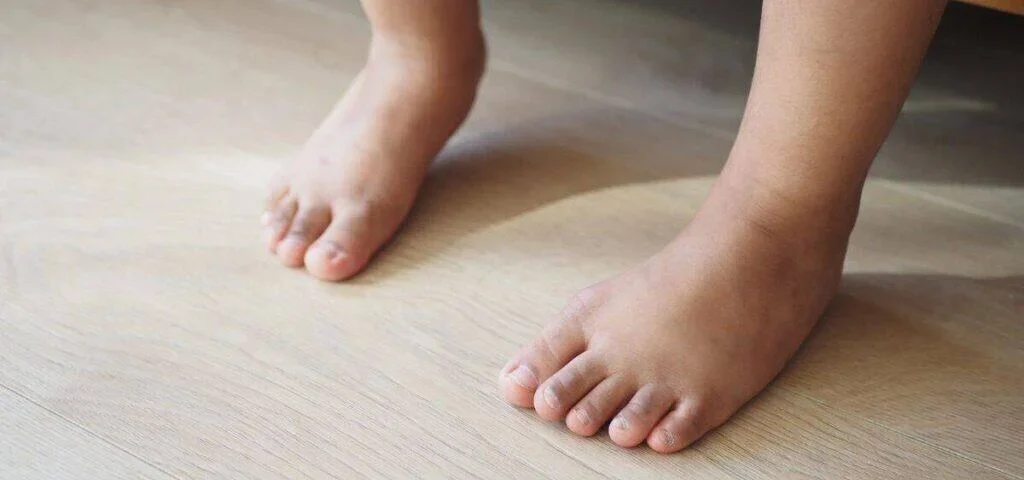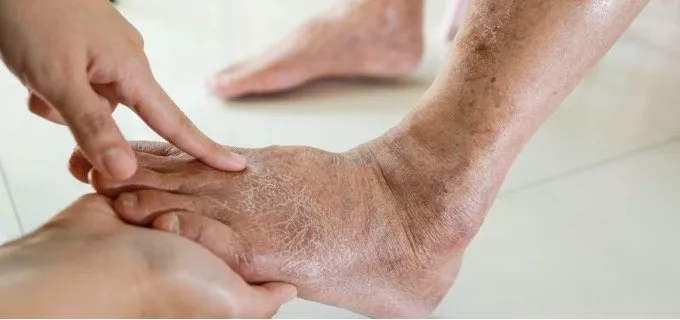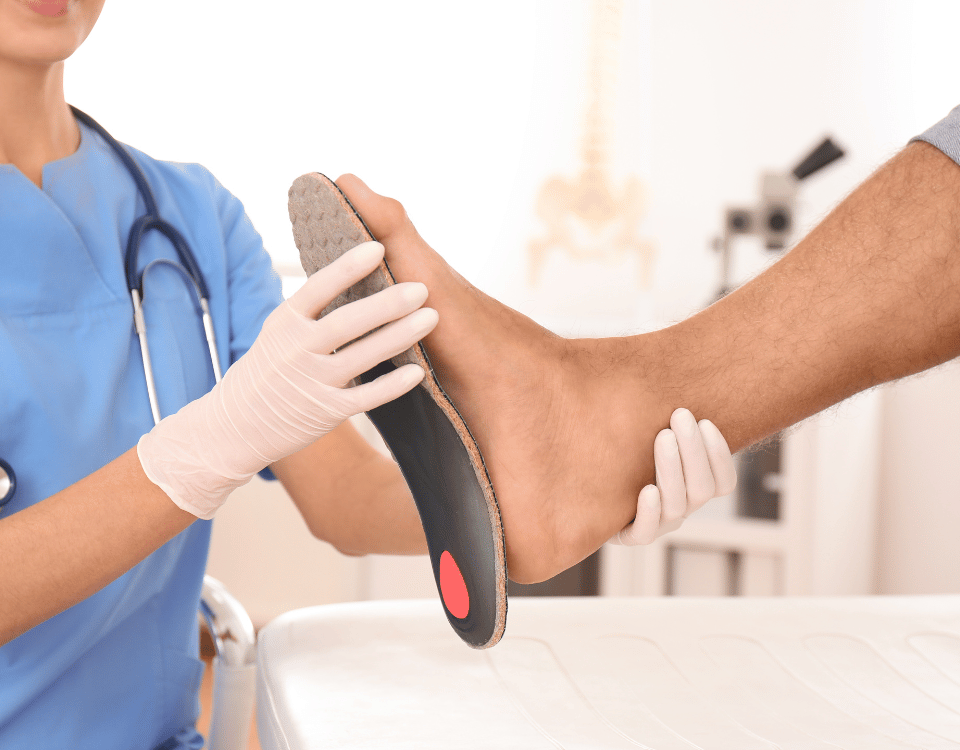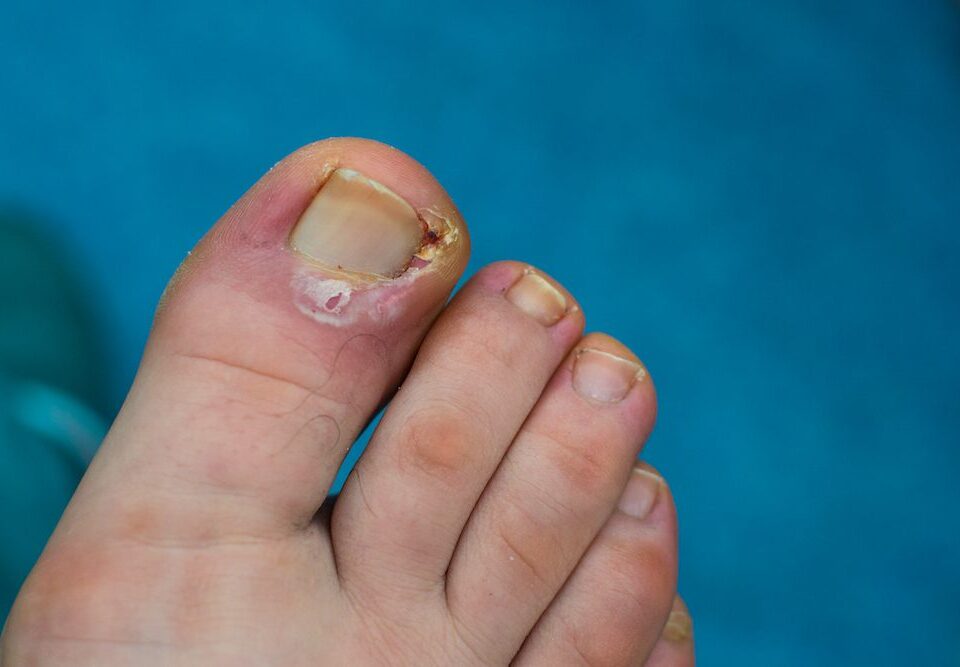
The Role of Urgent Dental Care in Preventing More Serious Issues
October 6, 2025
When to Consider Getting a Breast Lift
October 6, 2025A bunion develops as a noticeable bump at the base of the big toe. This foot condition results from the metatarsophalangeal (MTP) joint shifting, which directs the big toe toward the other toes. The change in alignment affects both appearance and movement, and it may result in discomfort during daily activities. Here are several treatment options for managing bunions:
Modifying Footwear Selections
Selecting appropriate footwear is a key strategy for non-surgical bunion management. Footwear that features a wide and deep toe box allows toes to spread, reducing pressure on the MTP joint. Materials such as soft leather or canvas adapt to the foot’s contours; this can minimize friction on the affected area.
When choosing shoes, individuals should prioritize comfort and support rather than fashion. Narrow or pointed toe boxes and high heels may not help those managing bunions. These designs crowd the toes and increase strain on the joint. Prioritizing shoes for fit and stability is a fundamental effort in minimizing irritation and discomfort.
Utilizing Padding and Orthotic Devices
Cushioning devices and orthotic supports can play a helpful role in symptom management. Over-the-counter bunion pads made from gels or moleskin act as barriers, lessening direct friction and pressure from footwear. Soft padding shields the bunion; this provides some relief during walking or standing.
Orthotic shoe inserts, whether custom or prefabricated, help distribute pressure along the foot’s surface. Toe spacers, positioned between the first and second toes, encourage more neutral alignment. These devices do not reverse the underlying bone change but contribute to improved comfort and may reduce stress on the surrounding tissues. When incorporating fresh devices, individuals should observe the effect on daily activities and contemplate adjustments as needed.
Implementing Symptom Management Techniques
Various everyday measures offer additional support, such as applying a cold compress to the bunion, which helps address episodic swelling or tenderness. The tactile effect of a cooled towel may ease soreness and temper localized inflammation. Gentle exercises and stretches focused on maintaining joint mobility are useful additions to a daily routine. Toe stretches and movement exercises target stiffness, aiming to preserve function and flexibility. Although these at-home efforts do not alter the bunion’s shape, they can help manage daily symptoms.
Seeking Professional Evaluation
Despite a thorough approach to self-management, seeking professional guidance is a key part of comprehensive bunion care. A foot specialist or healthcare provider can conduct a detailed assessment; they’re able to use imaging tools to understand the bunion’s development. A structured review of foot mechanics and symptoms guides the selection of the most effective management strategy. It helps determine whether surgery is needed, and it also prevents long-term complications, such as changes in an individual’s walking pattern.
Find Podiatric Care for Bunions
Bunions can create physical and functional challenges. Addressing these through careful shoe selection, supportive devices, daily self-care, and professional evaluation supports day-to-day comfort and maintains activity levels. Working with a podiatrist also enhances foot health; these professionals can slow bunion growth or remove it entirely. Consult with a foot and ankle specialist today for individualized recommendations.





